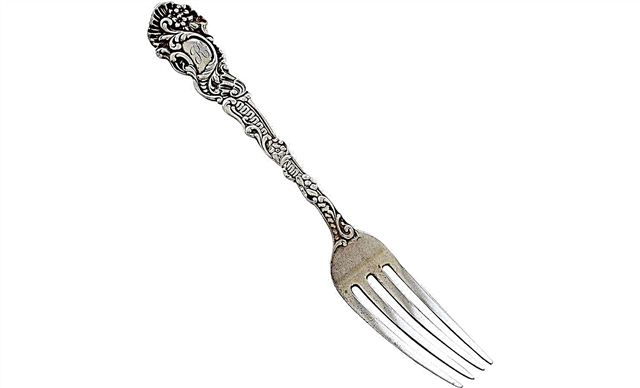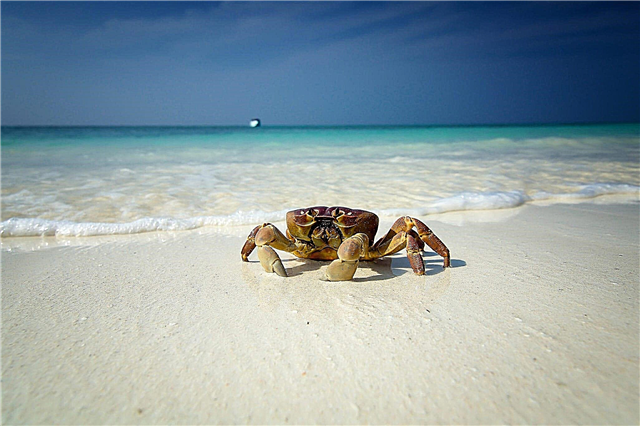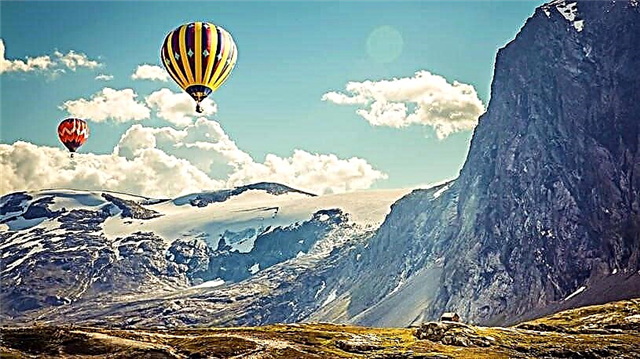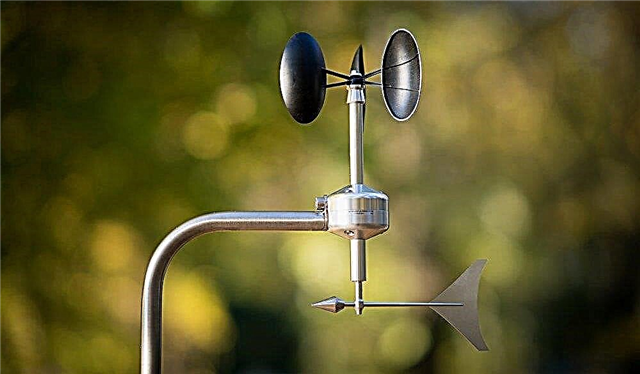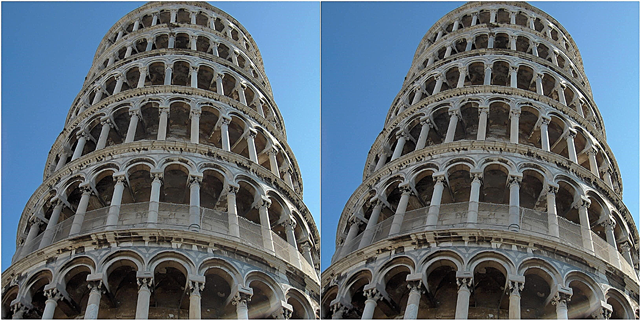
The unity of the Nile of Africa along its entire length gives the river a unique role as a bridge across different climatic zones.
Nile Length
Like a wriggling snake, it spread its loops, according to recent reports, at 6695 kilometers. The tail "grows" a little south of the equator, and a wide delta head is lowered into the Mediterranean Sea at thirty degrees north latitude. From this distance, the path of the Nile itself exceeds 3500 kilometers. Thus, the Neal has so far won the competition for the right to top the list of world rivers with the Mississippi and the Amazon, although comparisons, especially with the latter, are relative.
The source of the Nile

The rolling hills east of Lake Tanganyika are noticeably drier than the surrounding plains; red rocks are covered with shrubs and woodlands. A few steps from the village of Kikisi in Burundi, several streams form the Luvironza River. It is a rather miserable sight, but it is considered the farthest source from the delta, starting from which the Nile irrigates a pool of about 2868000 square kilometers. The Luvironza is one of the upper tributaries of the Tanzanian Kagera, which, in turn, descends to the tropical rainforest - first along the border of Tanzania and Rwanda, and then, turning sharply east, divides Tanzania and Uganda.
At the end of the journey, it booms like a waterslide in a water park, pouring into the largest lake in the world, Victoria. And the full Nile leaves Victoria from Victoria and from here steadily tends to the north, through Uganda and Sudan to Egypt.So, having escaped from Victoria near the city of Jinja, the main industrial center of Uganda, and having passed the equator, he collapses into a narrow gorge, where it wriggles with gallows.
Sandwiched between the rocks, Big Hapi gains his highest speed and does not lose it to the lake, the wife of Victoria, Prince Albert. Having crossed the border between Uganda and Sudan, the Nile of Africa gets the name Bahr al-Jebel, and then, merging with the Bahr al-Ghazal river and many smaller tributaries, it becomes the White Nile (Bahr al-Abyad). Light forests meanwhile give way to the endless spaces of the savannah, where only rare acacias violate the even horizon. The climax comes in Khartoum, where the White Nile connects with the Blue (Bahr al-Azraq), which came here from Ethiopia, from Lake Tana. Now 330 kilometers remain to the last tributary, Atbara - it is she, flowing also from the Ethiopian mountains, that is considered the main carrier of the famous black silt, from which an entire civilization has grown. Now Neil changes his temper again and writes out a huge S-shaped loop.

Here he passes his famous rapids, the first - north of Khartoum, the last (sixth) - near Aswan, where the ascetic mountain ranges suddenly part and the "full" Valley opens up to the eye - a flat hollow bordered by pink hills at sunset. Surrounded by the Libyan and Arabian deserts, it stretches for 840 kilometers from here - to the delta, the second largest in the world after the Brahmaputrogang. Photos taken from space look like this: a thin green braid, after making several sweeping loops, dissolves in the pale yellow color of the desert.The population density map will show a thin red strip crowding in a fertile valley among the sands - snow-white, that is, deserted. From the point of view of the zoogeographic Nile, it falls into two unequal areas, the boundary between which crosses its course south of the Tropic of Cancer, but north of Khartoum.
In the south - the Ethiopian region, which includes most of Africa, to the north - the Palaearctic, which includes a very significant part of Eurasia. A bridge of constant microclimate connecting the spaces from Lake Victoria to the Mediterranean coast. The living conditions on it are about the same, but they are very different from everything around.
Nile fauna

Along the entire course of the Nile, you can find tropical animals and plants that are in no way characteristic of the Palearctic. Along the entire course of this river, as in the rivers of tropical Africa, unique fish of the family of elephant snails are found. Well-known Nile crocodiles and hippos - the classic inhabitants of the tropics - before the construction of the Aswan Dam could swim in the delta.
In addition, the Nile is the most important axis of movement of migratory birds. Its meridionally directed bed serves as an excellent reference point for those who, without a compass, want to move strictly south or north: for waders and pelicans, storks and swallows using the Nile as the Way of Life.

An amphibian sits on the edge of a narrow ditch - the smallest capillary of a giant and intricate irrigation network that streams the Valley three to five kilometers from the coast. To get closer to him, you need to move quietly and - most importantly - without casting a shadow on him.This small long-legged and sharp-edged frog, olive with black strokes, is easiest to find on some piece of papyrus.
A highly exotic creature, and important for the biography of the Nile of Africa, is Ptychadena mascareniensis, a Nile combed frog. Egypt is the far north of its vast range, including almost all of tropical Africa and Madagascar.


